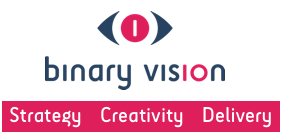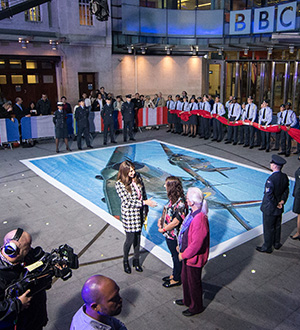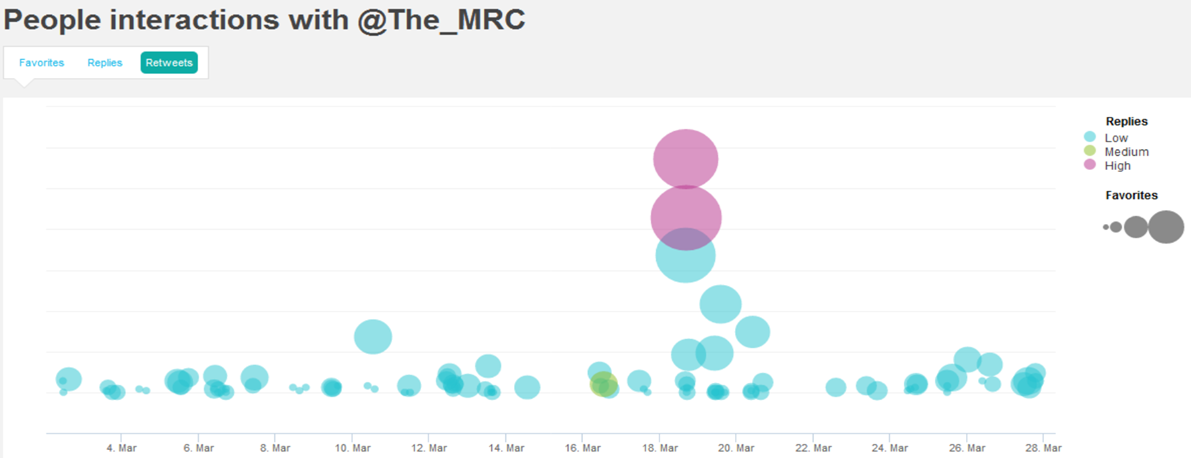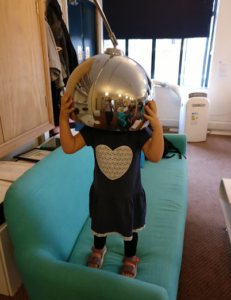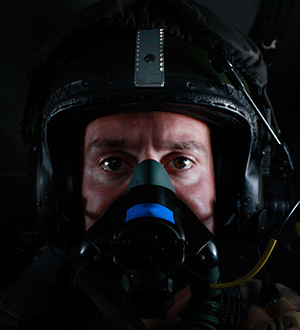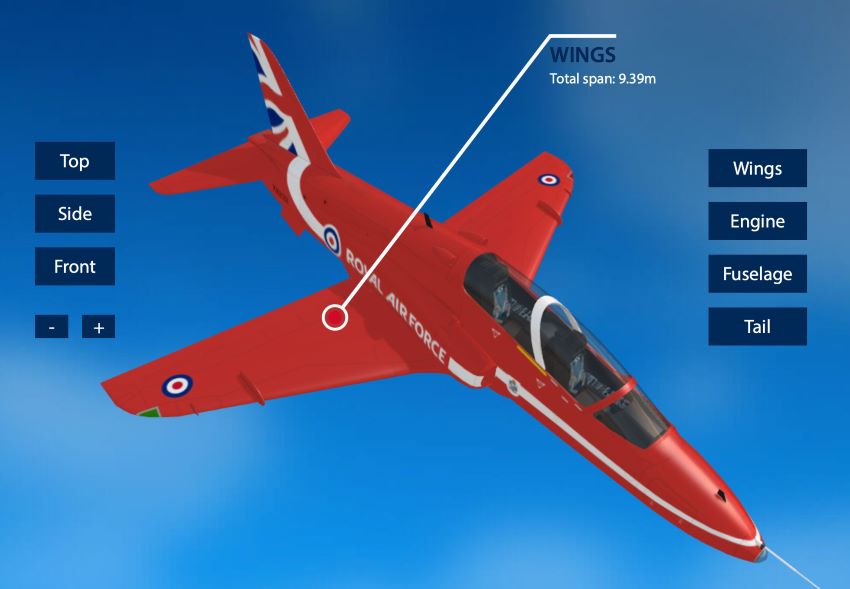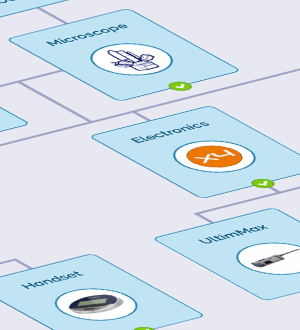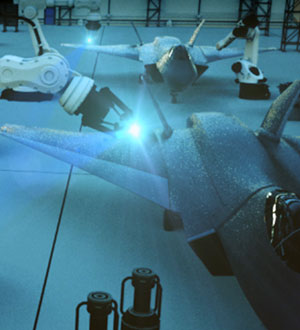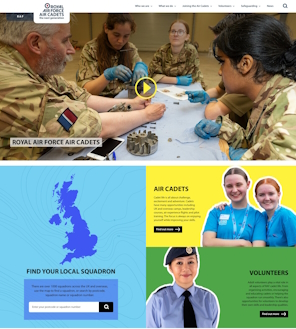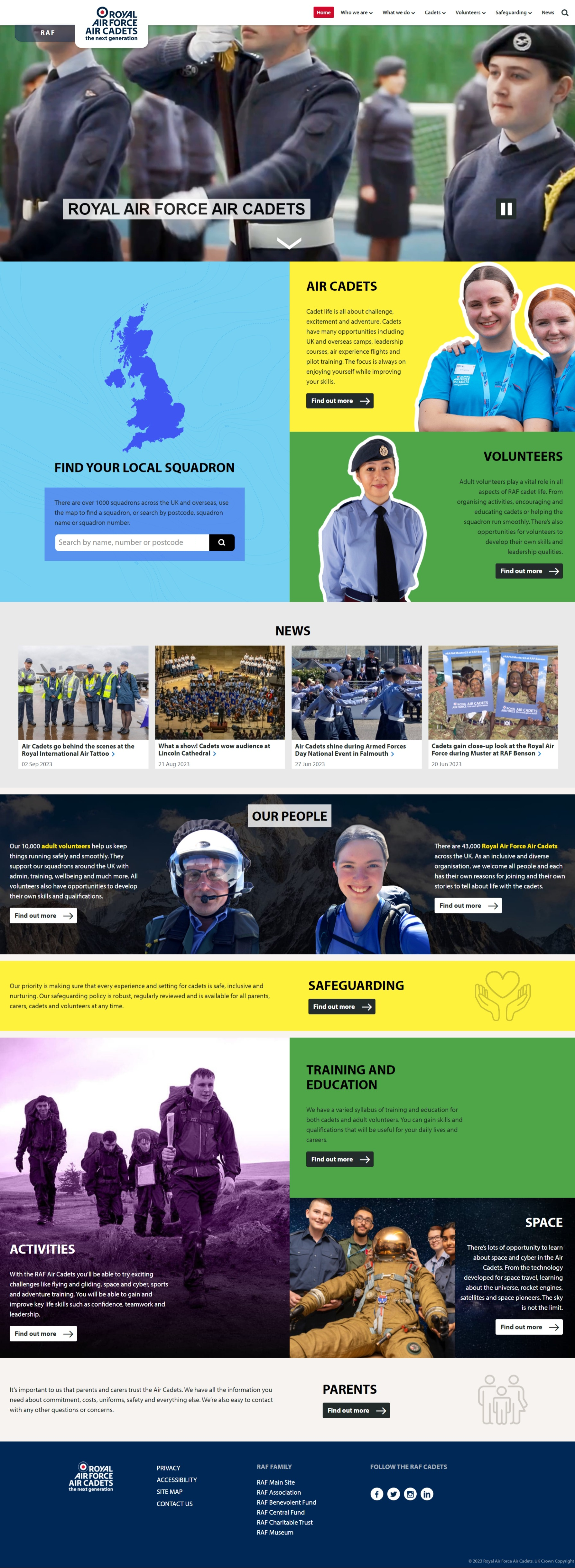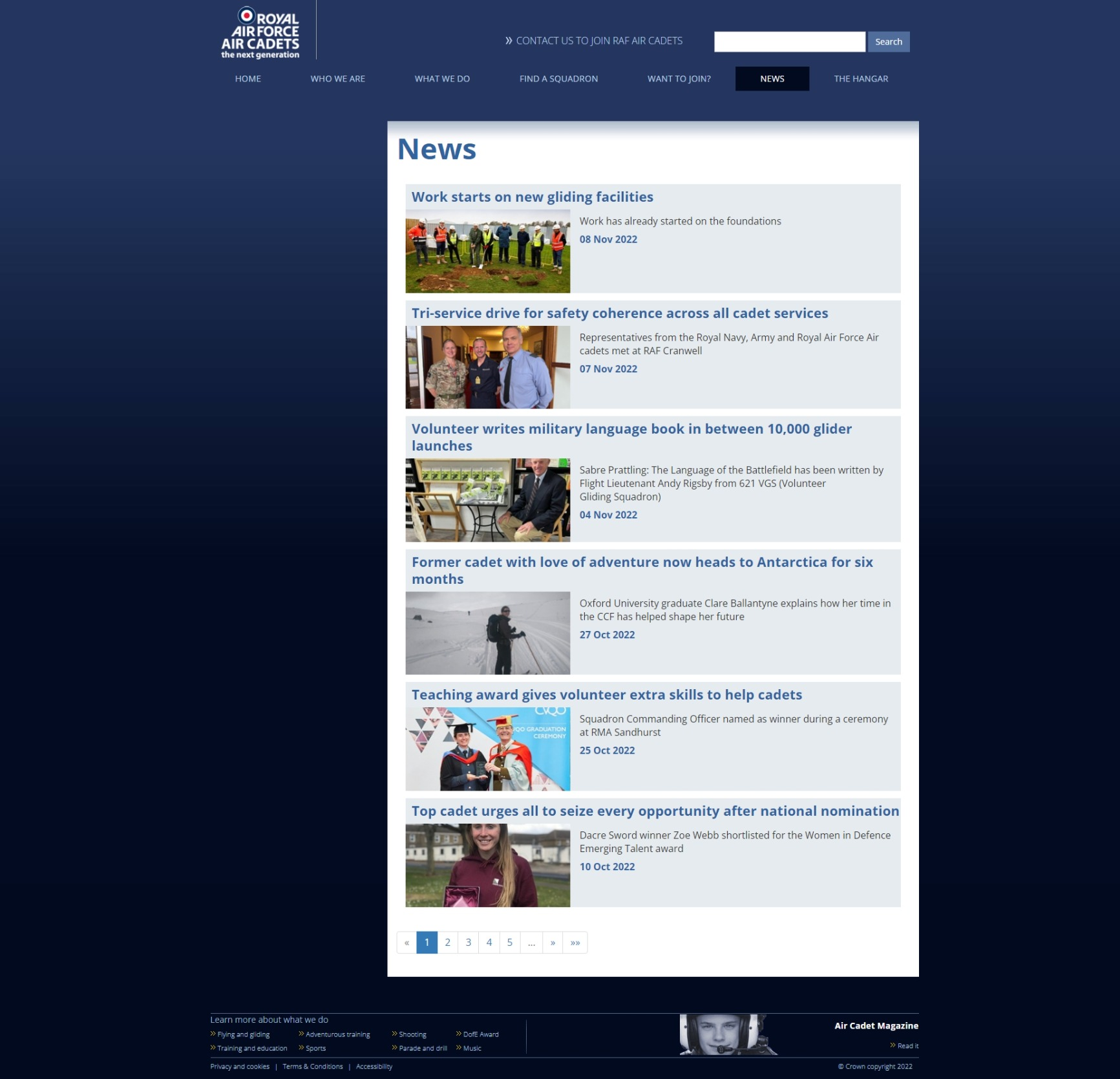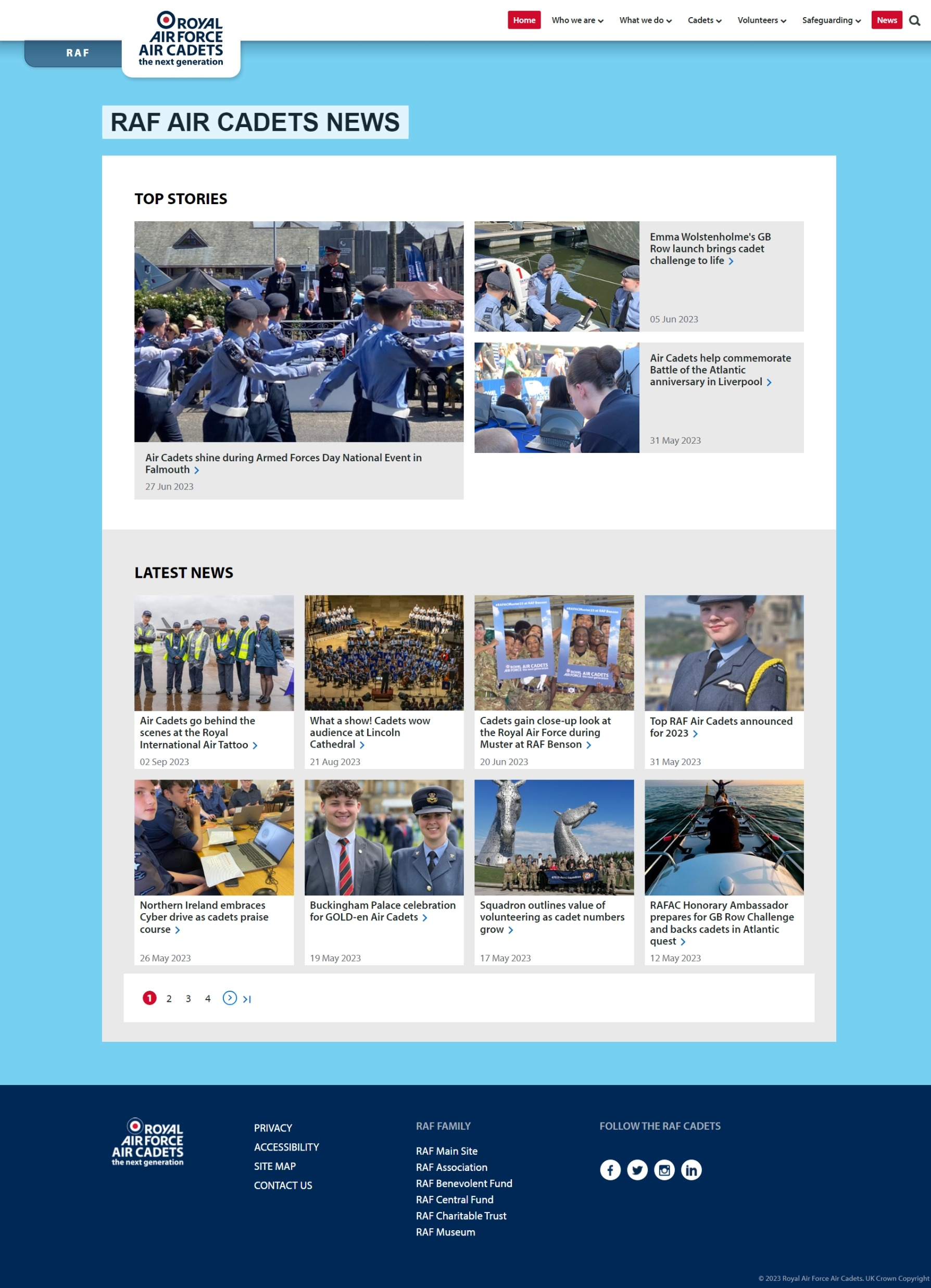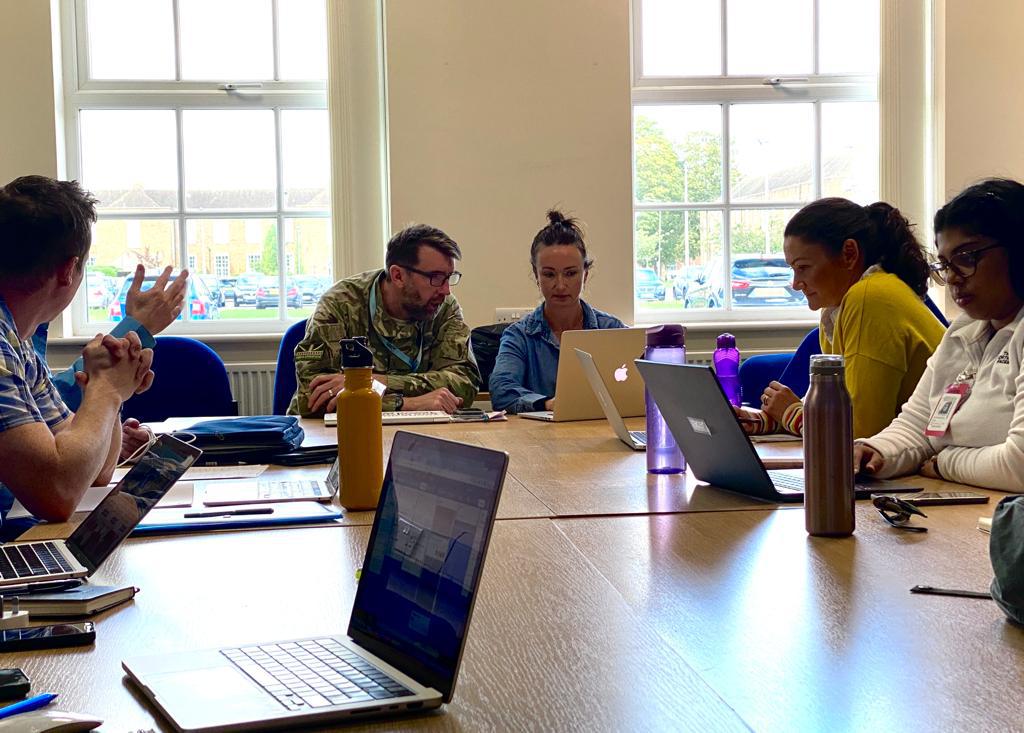Battle of Britain: Mosaic
“I can’t think of a better way to commemorate all those who died, or survived to live through the war!”
Mosaic contributor
Battle of Britain: Mosaic
Putting people in the picture.
The challenge
How to engage and involve the public in the celebrations for the 75th anniversary of the Battle of Britain?
What we did
We created a crowd-sourced mosaic – where anyone could upload family or other photos to form part of a massive, commemorative image. And there’s a simple search so users can find their picture within the overall image and share it with friends and family.
How it turned out
The mosaic was launched on the BBC’s ‘One Show’. It featured on the show again on the anniversary of the end of the battle, when a giant printed version – covering around 32 sqaure metres – was unveiled, live, on air.
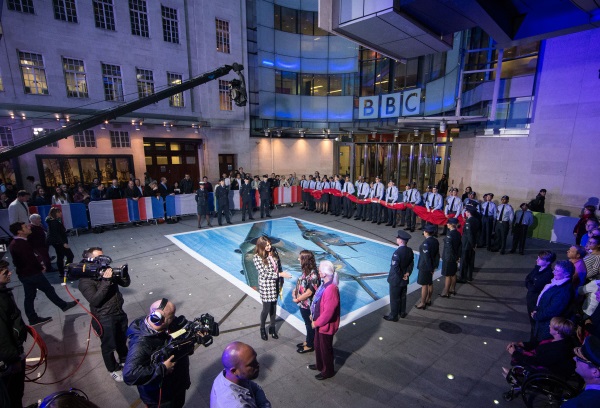
This huge image is now hanging in the RAF museum, where visitors can use a simple app to pinpoint their own picture. Over 15,000 images have been uploaded to-date.
As well as forming a key part of the commemoration and helping to publicise it through users’ social channels the mosaic provided a much-valued opportunity for personal remembrance.
“Thank you so much! My lovely Mum is there!!!! And in a brilliant position, thank you! The quality is excellent. On behalf of my family, we thank you. This is such a brilliant accolade to all those lovely young boys and girls who gave so much!”
“I am so thrilled to have submitted my father’ s photograph and just found it on the spitfire. The project is absolutely incredible. Will this ever be placed anywhere ( museum) for us to see? Thank you so much for enabling an oldie to do this relatively simply. I am delighted!!”
